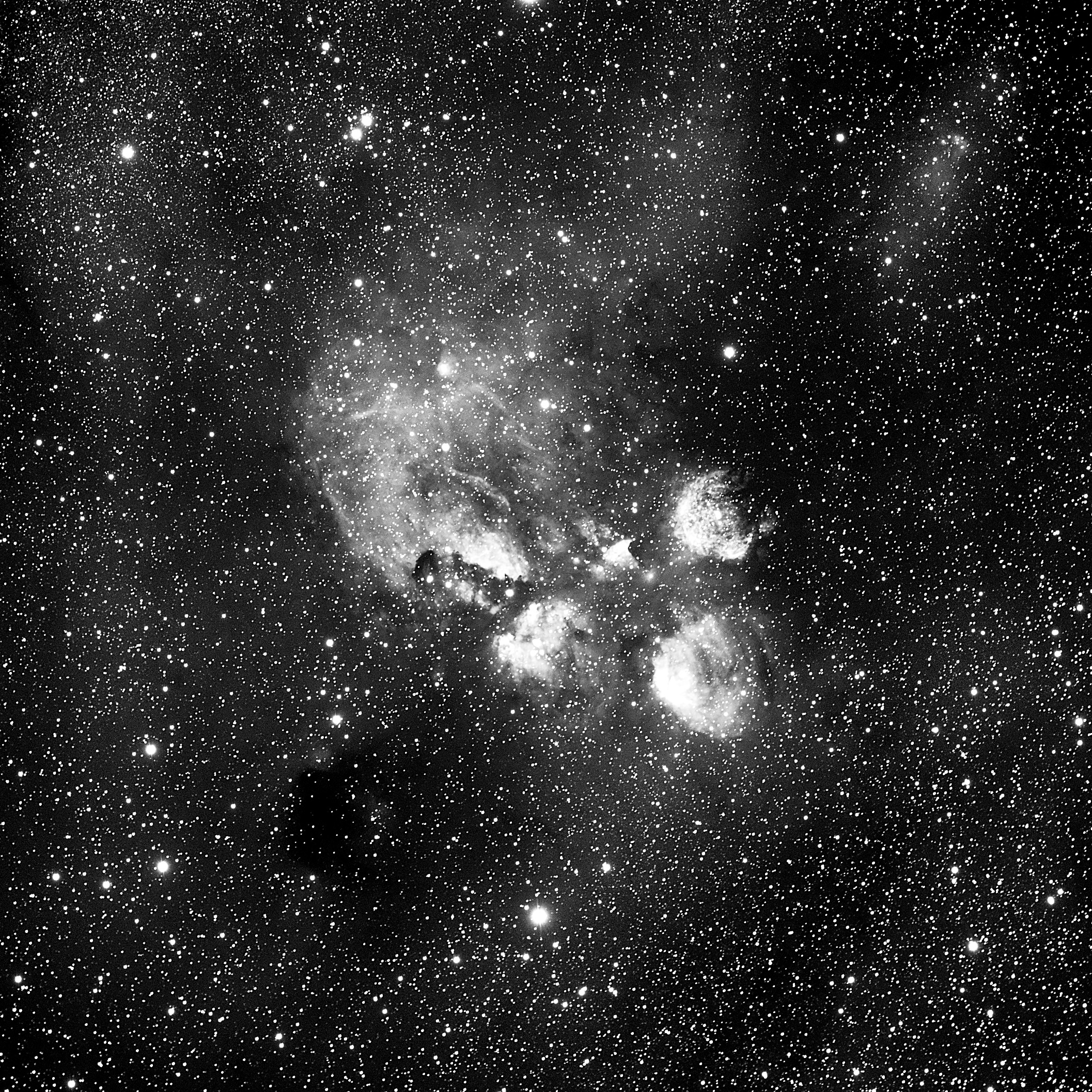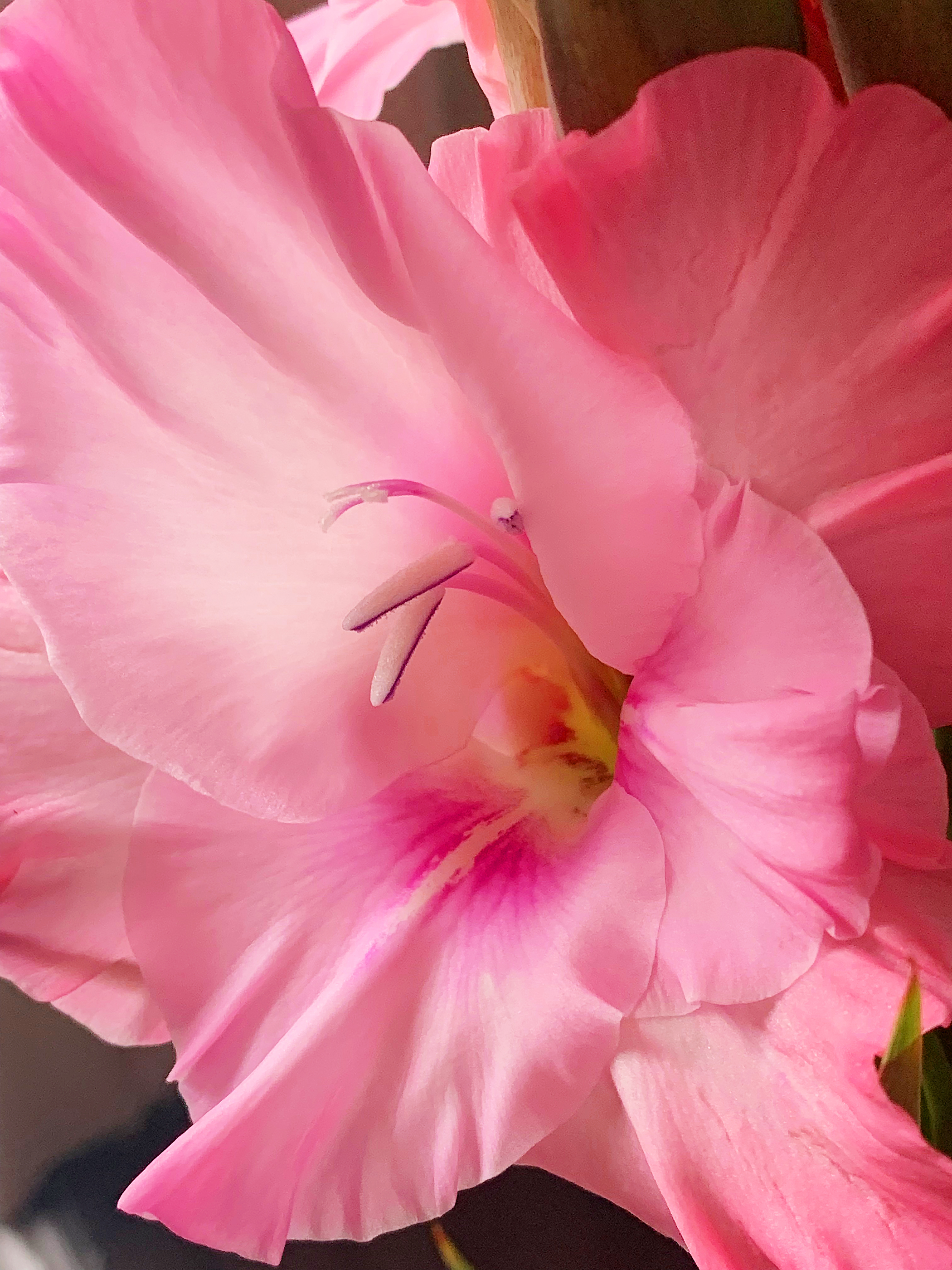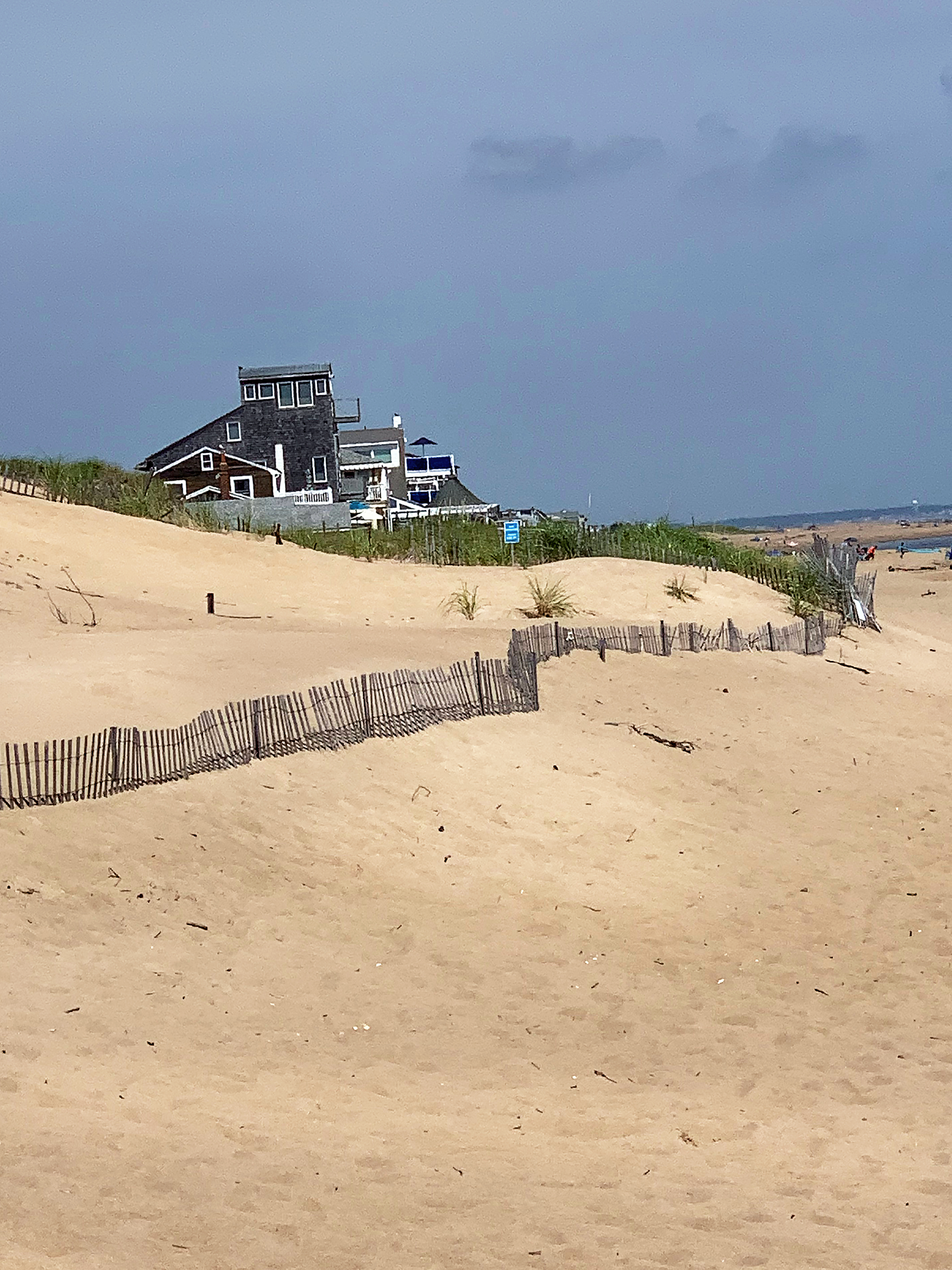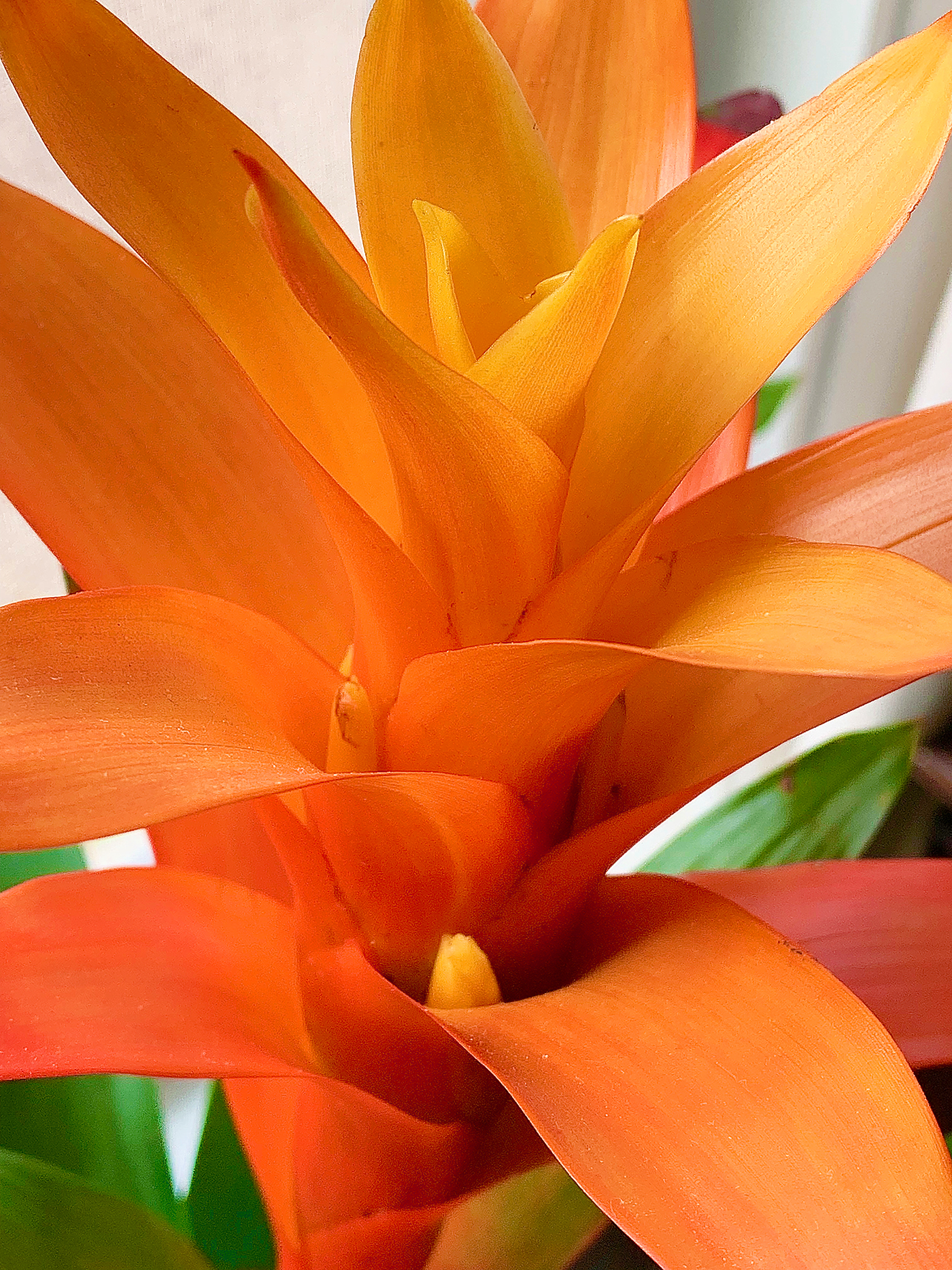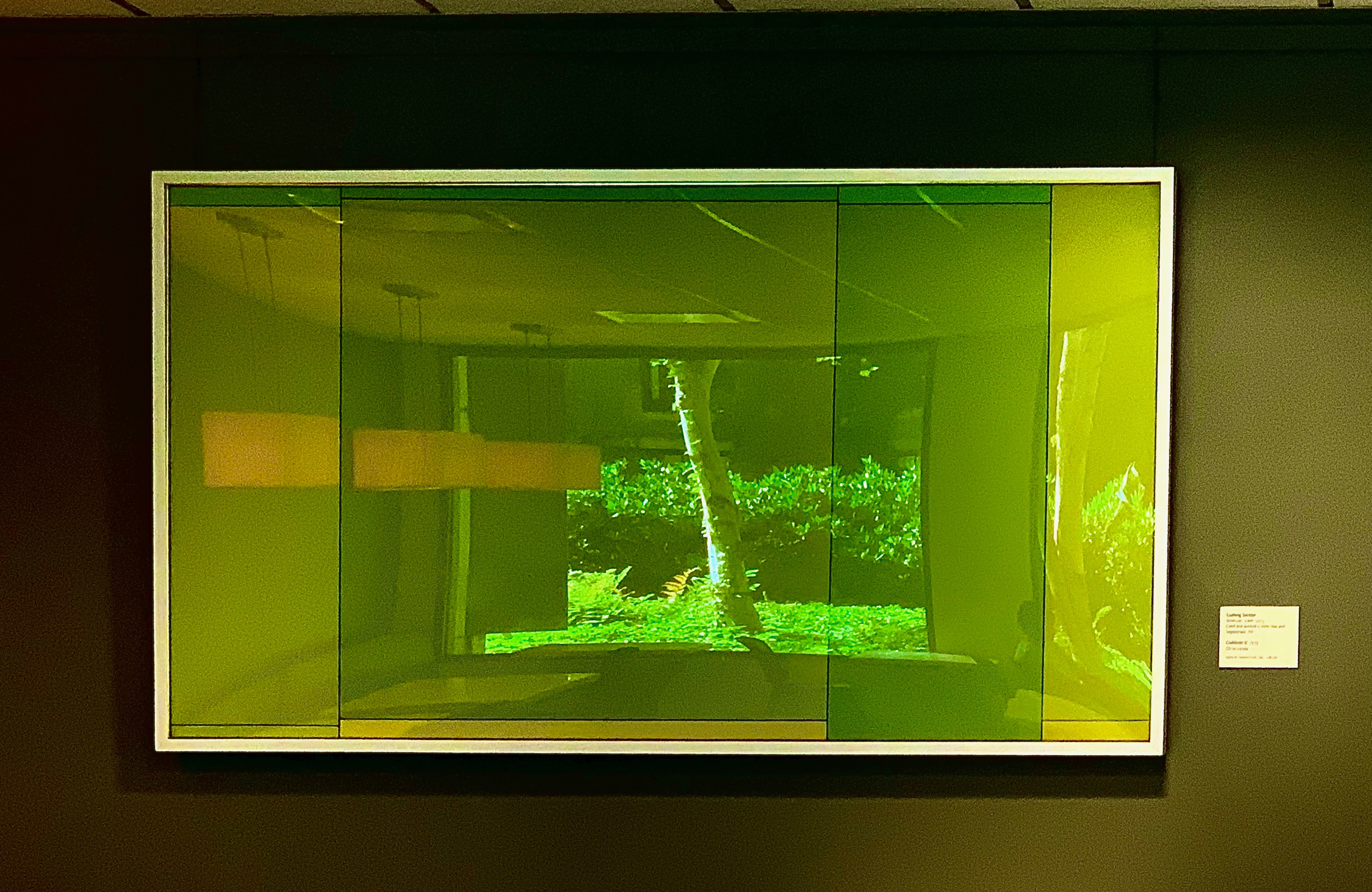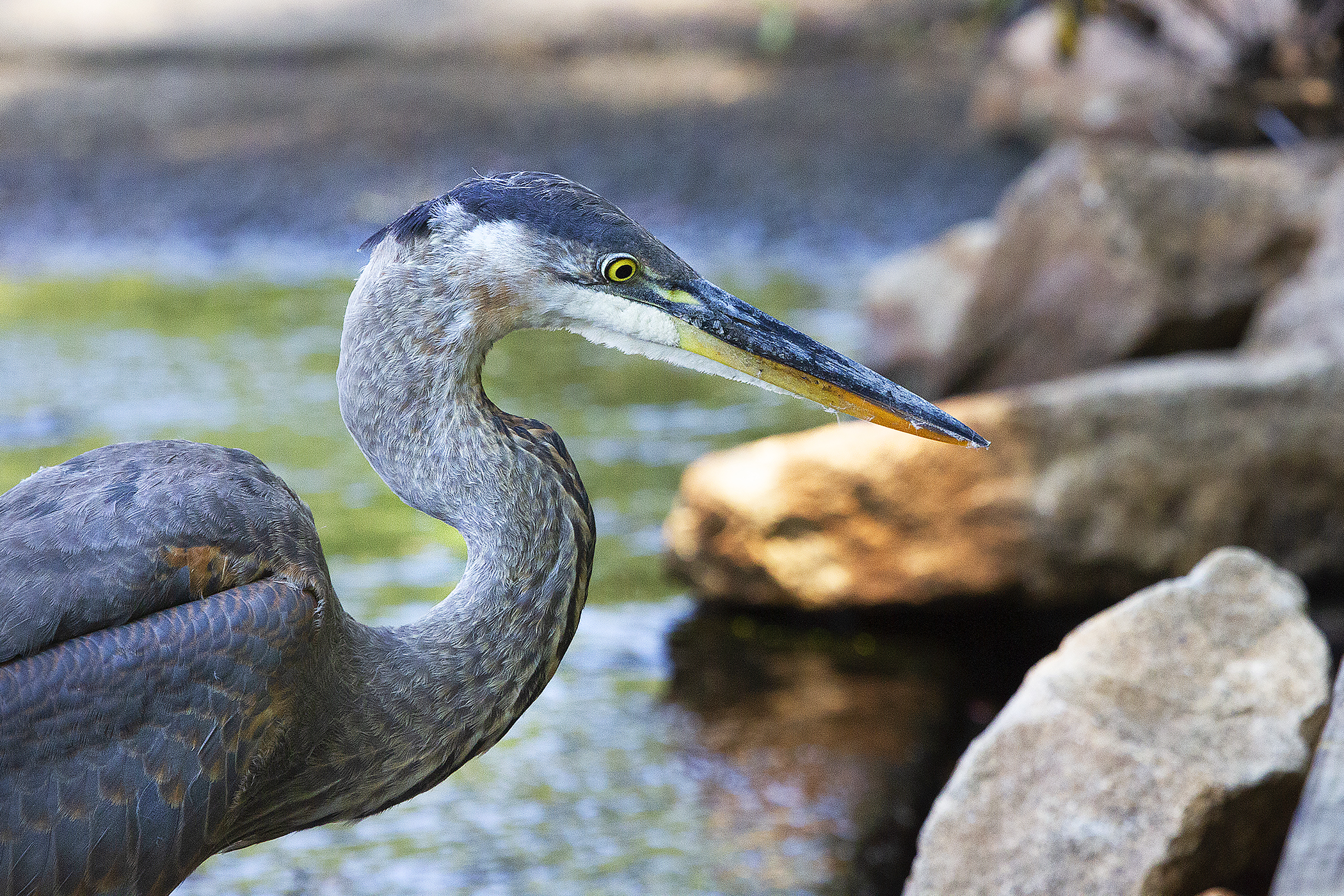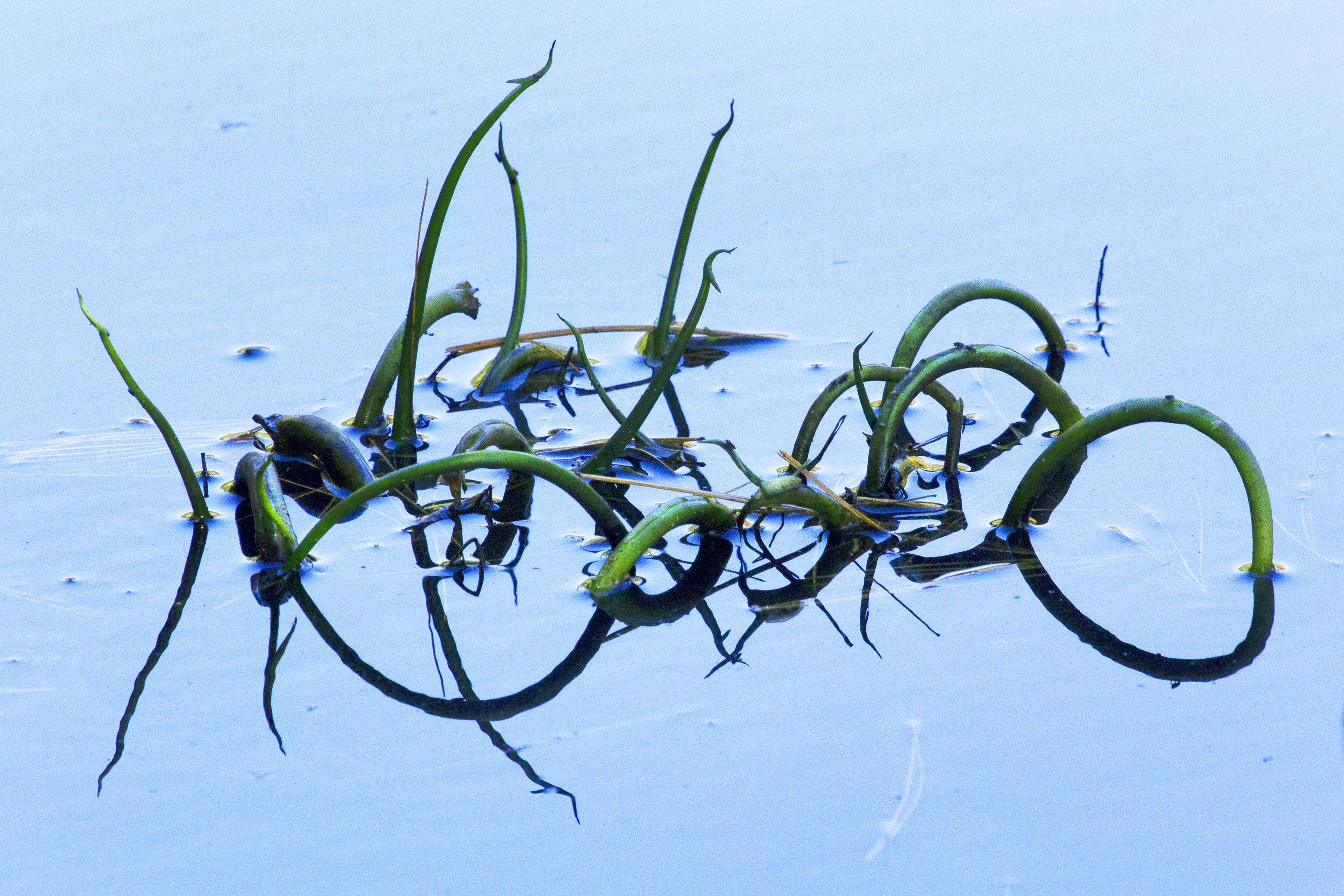
Figure 1 – American bullfrog, the Assabet River National Wildlife Refuge. (c) DE Wolf 2021.
When I was a kid, I loved dinosaurs. Perhaps if you judge by the number of times that I have watched the Jurassic Park series, I still do. No correction, I definitely still do!
Earlier this week I was delighted to find this (Figure 1) fist-sized American bullfrog (Lithobates catesbeianus) starring back at me at the Assabet RIver National Wildlife Refuge in Sudbury, MA. As he nervously eyed me, I had a moment to think about the pudgy dinosaurs of the amphibian age. Indeed, the prototype dinosaur ichthyostega lived 370 million years ago in the Devovian period. Icthyostega was pudgy, but he had a tail, as do tadpoles today. Actual frogs appear to have evolved around 190 million years ago. It is sobering. They’ve been around a lot longer than we have and quite probably will out date us at the rate, which we are going. Frogs are extremely adaptable, which gave them an edge when mass extinction led to the demise of the age of dinosaurs and will, in all probability give them an edge when the demise of the age of hominids comes.
Mark twain famous said that “If it’s your job to eat a frog, it’s best to do it first thing in the morning. And If it’s your job to eat two frogs, it’s best to eat the biggest one first.” I am not personally interested in eating frogs. Call it the dinosaur loving child in my heart. But the important point that Twain is making is that it is best in life to tackle each day’s most difficult task early and first. It is your frog.
Tying these two themes together, it would perhaps be worth our while to eat the frog of climate change before it eats us!
Canon T2i with EF 100 to 400 mm f/4.5-5.6 L IS USM lens at 260 mm, ISO 1600, Aperture Priority AE Mode 1/1600th sec at F/7.1 with no exposure compensation.

